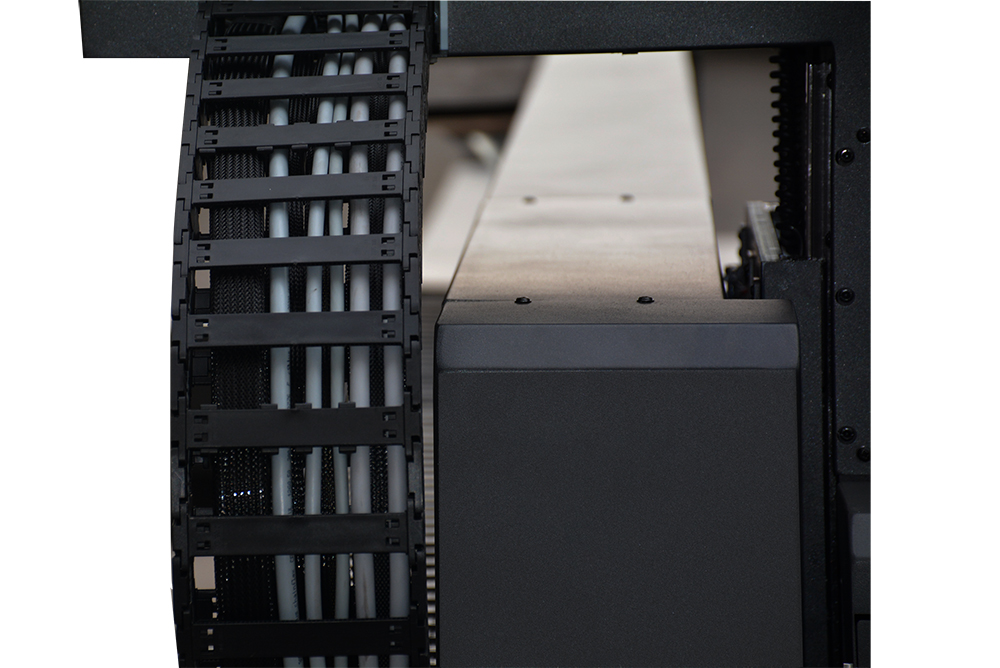What is the Difference Between UV and Digital Printing?
What is the Difference Between UV and Digital Printing?
In the world of printing technology, there are various methods available to produce high-quality prints, with UV printing and digital printing being two popular choices. While both techniques offer distinct advantages, they differ significantly in their processes, applications, and outcomes. Understanding these differences is crucial for businesses and individuals seeking the most suitable printing solution for their needs.

UV Printing
UV printing, also known as ultraviolet printing, utilizes ultraviolet-curable inks that are instantly dried and cured using UV lights. This technology allows for faster printing speeds and quicker turnaround times compared to traditional printing methods. The inks used in UV printing are specially formulated to react to UV light, resulting in a durable and long-lasting print.
One of the main advantages of UV printing is its versatility. It can be used on various materials, including paper, plastic, glass, metal, and even leather. This flexibility makes UV printing ideal for a wide range of applications, such as packaging, signage, and product decoration.
The UV curing process ensures that the inks dry instantly, allowing for immediate handling and use of the printed materials. This reduces the risk of smudging or damage to the prints, especially in high-volume production environments.
UV printing also offers excellent color reproduction and resolution. The inks used in this process produce vibrant colors and sharp images, making it suitable for high-end graphic design and branding projects.
However, UV printing equipment and inks can be relatively expensive, especially for small businesses or individuals. Additionally, the use of UV-curable inks may raise environmental concerns due to their chemical composition.
Digital Printing
Digital printing, on the other hand, refers to any printing process that utilizes digital-based imaging. This technology has revolutionized the printing industry, allowing for on-demand printing, shorter runs, and greater customization.
The key advantage of digital printing lies in its efficiency and cost-effectiveness. Digital printers can produce high-quality prints without the need for expensive printing plates or lengthy setup times. This makes digital printing ideal for small businesses, designers, or anyone requiring short-run or personalized prints.
Digital printing also offers a wide color gamut and high resolution, resulting in vibrant and detailed prints. The ability to print on demand significantly reduces waste, as prints can be produced in the exact quantity needed.
One of the main limitations of digital printing is the type of materials it can be used on. While digital printers can handle a variety of media, including paper, vinyl, and some fabrics, they may not be suitable for all types of surfaces, especially non-porous materials like metal or glass.
Comparing UV and Digital Printing
When comparing UV and digital printing, the choice largely depends on the specific needs of the project. UV printing excels in durability, versatility, and speed, making it ideal for high-volume production and demanding applications like outdoor signage or product decoration. Its ability to print on various surfaces gives it a wide range of potential uses.
Digital printing, on the other hand, shines in its efficiency, cost-effectiveness, and customization options. It’s perfect for short runs, personalized prints, and quick turnaround times. Digital printers are also more accessible and affordable for small businesses and individuals.
Environmentally, both UV and digital printing have their impacts. UV inks may contain volatile organic compounds (VOCs) that can be harmful to the environment if not properly disposed of. Digital printing, especially when using water-based or latex inks, can be more environmentally friendly. However, the overall environmental impact depends on various factors, including ink type, printer efficiency, and waste management practices.
In terms of cost, UV printing typically requires a higher initial investment in equipment and inks. However, for large-scale production, the durability and versatility of UV prints may outweigh the initial costs. Digital printing, with its lower startup costs and on-demand capabilities, may be more cost-effective for smaller runs or businesses with limited budgets.
Conclusion
The choice between UV and digital printing ultimately depends on the specific requirements of your project. UV printing offers durability, versatility, and high-quality prints, making it suitable for demanding applications and large-scale production. Digital printing, on the other hand, provides efficiency, cost-effectiveness, and personalization, ideal for small businesses or individuals requiring short runs or customized prints.
As technology continues to evolve, we can expect further advancements in both UV and digital printing techniques, offering even more options and capabilities to meet the diverse needs of the printing industry. Understanding the differences between these two methods is crucial for making informed decisions and achieving the desired results in your printing projects.
